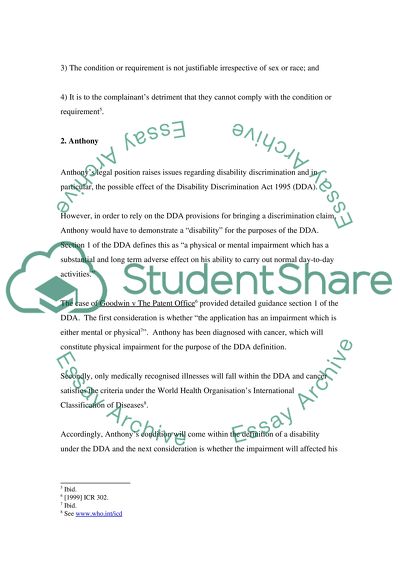Cite this document
(“Employment and discrimination law Essay Example | Topics and Well Written Essays - 2500 words”, n.d.)
Employment and discrimination law Essay Example | Topics and Well Written Essays - 2500 words. Retrieved from https://studentshare.org/miscellaneous/1553213-employment-and-discrimination-law
Employment and discrimination law Essay Example | Topics and Well Written Essays - 2500 words. Retrieved from https://studentshare.org/miscellaneous/1553213-employment-and-discrimination-law
(Employment and Discrimination Law Essay Example | Topics and Well Written Essays - 2500 Words)
Employment and Discrimination Law Essay Example | Topics and Well Written Essays - 2500 Words. https://studentshare.org/miscellaneous/1553213-employment-and-discrimination-law.
Employment and Discrimination Law Essay Example | Topics and Well Written Essays - 2500 Words. https://studentshare.org/miscellaneous/1553213-employment-and-discrimination-law.
“Employment and Discrimination Law Essay Example | Topics and Well Written Essays - 2500 Words”, n.d. https://studentshare.org/miscellaneous/1553213-employment-and-discrimination-law.


